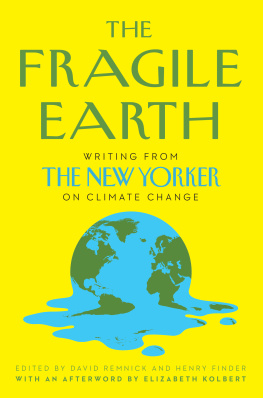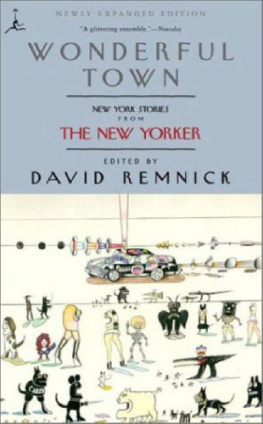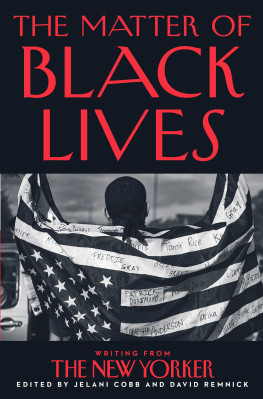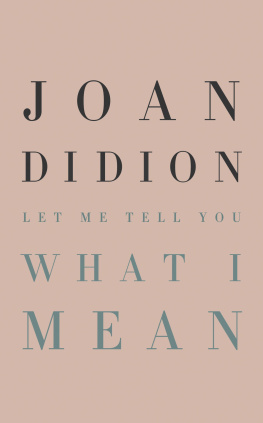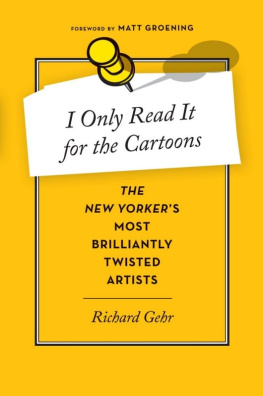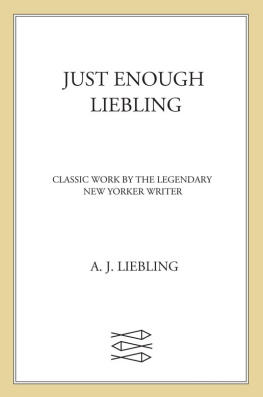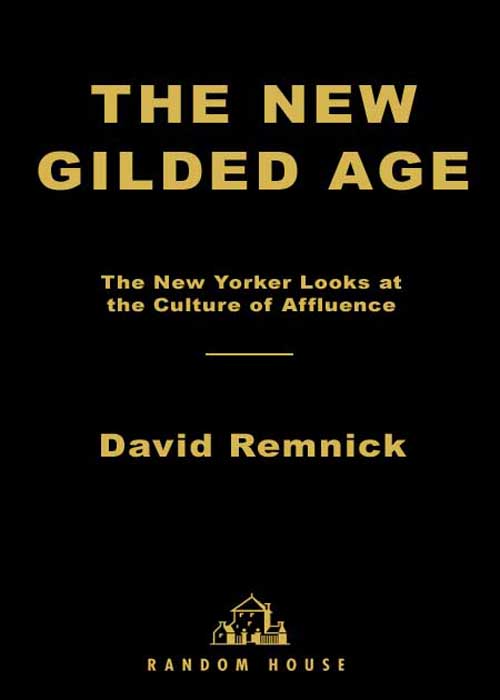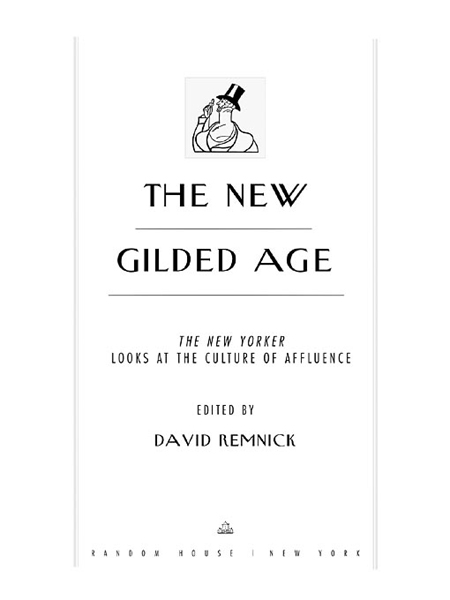David Remnick - The New Gilded Age: The New Yorker Looks at the Culture of Affluence
Here you can read online David Remnick - The New Gilded Age: The New Yorker Looks at the Culture of Affluence full text of the book (entire story) in english for free. Download pdf and epub, get meaning, cover and reviews about this ebook. year: 2001, publisher: Random House Publishing Group, genre: Detective and thriller. Description of the work, (preface) as well as reviews are available. Best literature library LitArk.com created for fans of good reading and offers a wide selection of genres:
Romance novel
Science fiction
Adventure
Detective
Science
History
Home and family
Prose
Art
Politics
Computer
Non-fiction
Religion
Business
Children
Humor
Choose a favorite category and find really read worthwhile books. Enjoy immersion in the world of imagination, feel the emotions of the characters or learn something new for yourself, make an fascinating discovery.

- Book:The New Gilded Age: The New Yorker Looks at the Culture of Affluence
- Author:
- Publisher:Random House Publishing Group
- Genre:
- Year:2001
- Rating:5 / 5
- Favourites:Add to favourites
- Your mark:
The New Gilded Age: The New Yorker Looks at the Culture of Affluence: summary, description and annotation
We offer to read an annotation, description, summary or preface (depends on what the author of the book "The New Gilded Age: The New Yorker Looks at the Culture of Affluence" wrote himself). If you haven't found the necessary information about the book — write in the comments, we will try to find it.
In keeping with its tradition of sending writers out into America to take the pulse of our citizens and civilization, The New Yorker over the past decade has reported on the unprecedented economy and how it has changed the ways in which we live. This new anthology collects the best of these profiles, essays, and articles, which depict, in the magazines inimitable style, the mega-, meta-, monster-wealth created in this, our new Gilded Age.
Who are the barons of the new economy? Profiles of Martha Stewart by Joan Didion, Bill Gates by Ken Auletta, and Alan Greenspan by John Cassidy reveal the personal histories of our most influential citizens, people who affect our daily lives even more than we know. Who really understands the Web? Malcolm Gladwell analyzes the economics of e-commerce in Clicks and Mortar. Profiles of two of the Internets most respected analysts, George Gilder and Mary Meeker, expose the human factor in hot stocks, declining issues, and the instant fortunes created by an IPO. And in The Kids in the Conference Room, Nicholas Lemann meets McKinsey & Companys business analysts, the twenty-two-year-olds hired to advise Americas CEOs on the future of their business, and the economy.
And what defines this new age, one that was unimaginable even five years ago? Susan Orlean hangs out with one of New York Citys busiest real estate brokers (I Want This Apartment). A clicking stampede of Manolo Blahniks can be heard in Michael Specters High-Heel Heaven. Tony Horwitz visits the little inn in the little town where moguls graze (The Inn Crowd). Meghan Daum flees her maxed-out credit cards. Brendan Gill lunches with Brooke Astor at the Metropolitan Club. And Calvin Trillin, in his masterly Marisa and Jeff, portrays the young and fresh faces of greed.
Eras often begin gradually and end abruptly, and the people who live through extraordinary periods of history do so unaware of the unique qualities of their time. The flappers and tycoons of the 1920s thought the bootleg, and the speculation, would flow perpetually--until October 1929. The shoulder pads and the junk bonds of the 1980s came to feel normal--until October 1987. Read as a whole, The New Gilded Age portrays America, here, today, now--an epoch so exuberant and flush and in thrall of risk that forecasts of its conclusion are dismissed as Luddite brays. Yet under The New Yorkers examination, our current day is ex-posed as a special time in history: affluent and aggressive, prosperous and peaceful, wired and wild, and, ultimately, finite.
David Remnick: author's other books
Who wrote The New Gilded Age: The New Yorker Looks at the Culture of Affluence? Find out the surname, the name of the author of the book and a list of all author's works by series.

